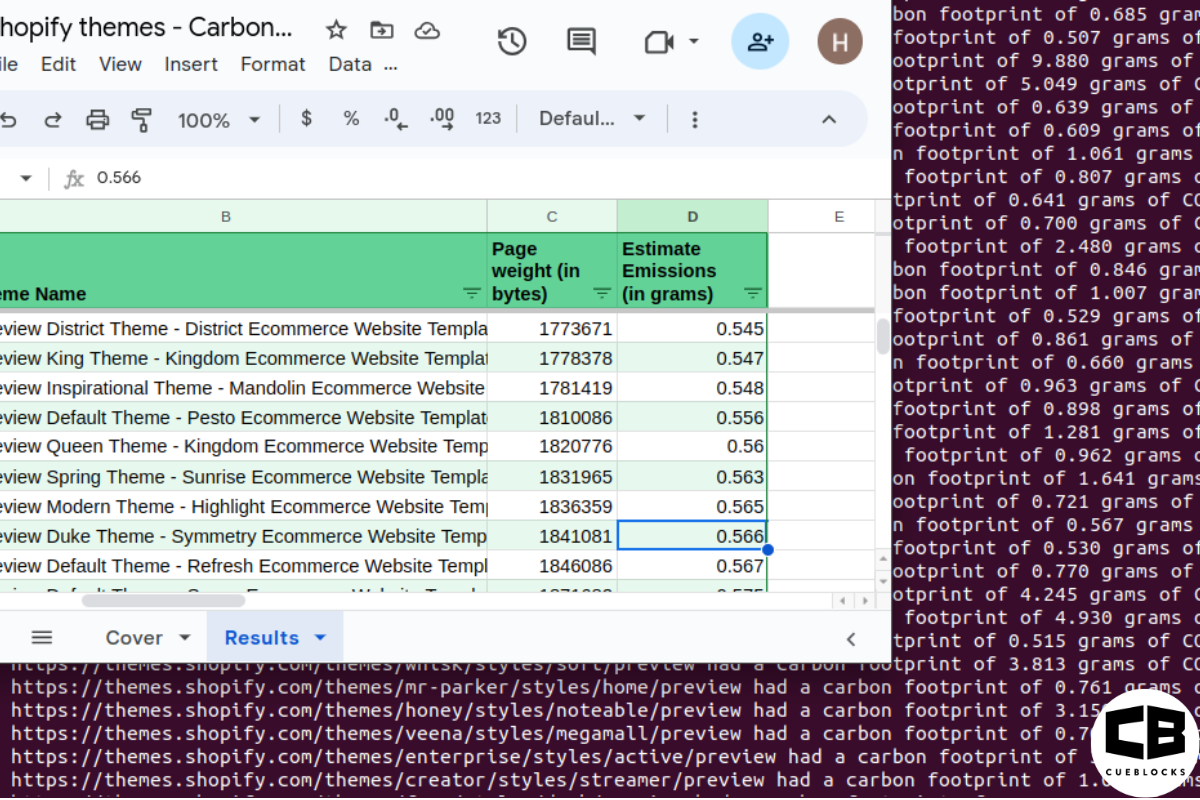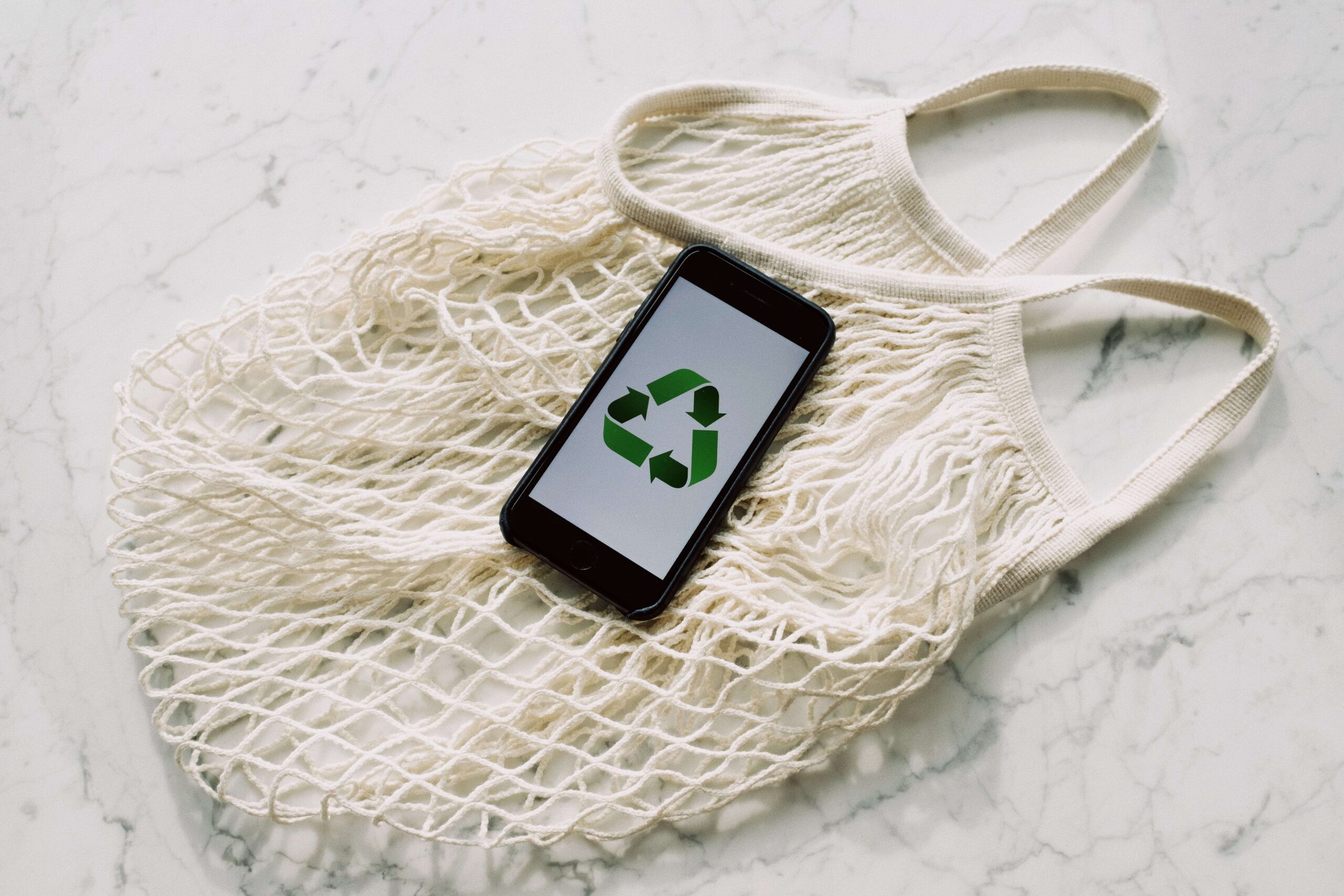
Canonicalization – “A basic SEO tenet”
(Canoni-cali-zation) – Matt Cutts refers to it as the process of picking the best URL when there are several choices, and it usually refers to home pages.
We come across websites with both www and non www versions of its URLS.
- www.yourwebsite.com
- yourwebsite.com/
- www.yourwebsite.com/index.html
- yourwebsite.com/home.asp
Most people would consider these the same URL but technically, all of these are different. Matt, in his post on SEO advice: URL canonicalization, explains that a web server could return completely different content for all the URLs listed above.
If you have duplicate content on multiple webpages of your site, this can cause problems for search engines – specifically in determining which URL should be shown in the search results. Canonical URL comes to rescue in such a scenario:
• Canonicalization becomes helpful as it takes the duplicate pages and uses a 301 re-direct to point all versions to a single, “canonical” version of the content or web page.
• Google recommends that you pick a “canonical URL”as the preferred version of the page. You can indicate your preference to Google in a number of ways. Google recommends them all (if you don’t indicate a canonical URL, Google will identify what it thinks is the best version).
What to do to make sure Google picks up the URL that you want it to pick:
• You can choose a preferred URL and use it consistently across your entire site. For example, don’t make half of your links go to http://example.com/ and the other half go to http://www.example.com/. Instead, pick the URL you prefer and always use that format for your internal links. If your site has duplicate content on multiple pages, there is a high possibility this could affect your search engine ranking results. For example – the link information could get diluted in a case where few incoming links may point to one version of the URL and few links to another.
• Matt further adds that if you want your default URL to be http://www.example.com/. You can make your webserver in a way so that if someone requests http://example.com/, it does a 301 (permanent) redirect to http://www.example.com/. Doing this will help Google know which URL you prefer to be canonical. If you have a site that changes often, for example you have dynamic content on site, a blog, etc. then adding a 301 redirect can be very useful.
Using the URL removal tool to remove domain.com –
If you remove one of the www vs. non-www hostnames, you can end up removing your whole domain for six months. You need to do a reinclusion request if URL removal tool removes your entire domain when you actually only wanted to remove the www or non-www version of your domain. A reinclusion request refers to mentioning that you removed your entire domain by accident using the URL removal tool and that you’d like it reincluded.
For more information on 301 re-directs see http://www.mattcutts.com/blog/seo-advice-URL-canonicalization/
- About the Author
- Latest Posts
One Reply to “Canonicalization – “A basic SEO tenet””
Comments are closed.
-
Evaluating the Carbon Emissions of Shopify Themes
by Harleen Sandhu
Committing to green claims as a business is a huge promise to deliver on. For ecommerce stores, Shopify is leading …
Continue reading “Evaluating the Carbon Emissions of Shopify Themes”
-
Dark Mode: Accessibility vs Sustainable Web Design
by BalbirIntroduction Dark mode, a feature that lets users switch the color scheme of an app or website to darker colors, …
Continue reading “Dark Mode: Accessibility vs Sustainable Web Design”
-
Discover Essential Sustainable Marketing Principles and Strategies for Ethical Business Growth
by Pancham Prashar
Given the major issues that our world is currently facing, such as pollution and climate change, sustainability becomes an inevitable …
-
Show, Don’t Tell: Demonstrating Transparency in Your eCommerce Store
by Pancham PrasharFor an eCommerce brand committed to good, success goes beyond creating excellent products; it extends to effectively communicating your values …
Continue reading “Show, Don’t Tell: Demonstrating Transparency in Your eCommerce Store”
-
How to Market Sustainable Products Effectively
by Nida Danish
In today’s market, sustainability has evolved from a passing trend to a pivotal consideration for both consumers and businesses. Globally, …
Continue reading “How to Market Sustainable Products Effectively”
-
Decoding B Corp Marketing Challenges: Strategies for Success
by Nida DanishToday, businesses place high importance on sustainability and ethical practices. For B2B and e-commerce leaders, being a certified B Corp. …
Continue reading “Decoding B Corp Marketing Challenges: Strategies for Success”





This is awesome!